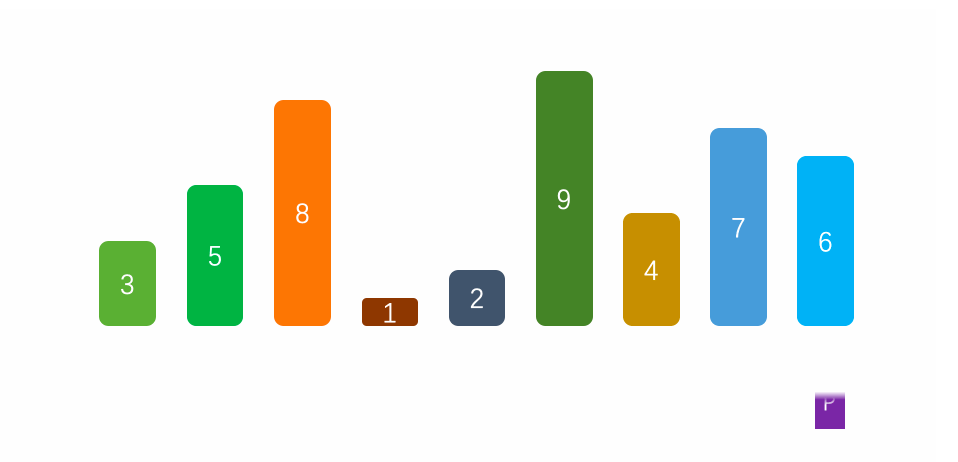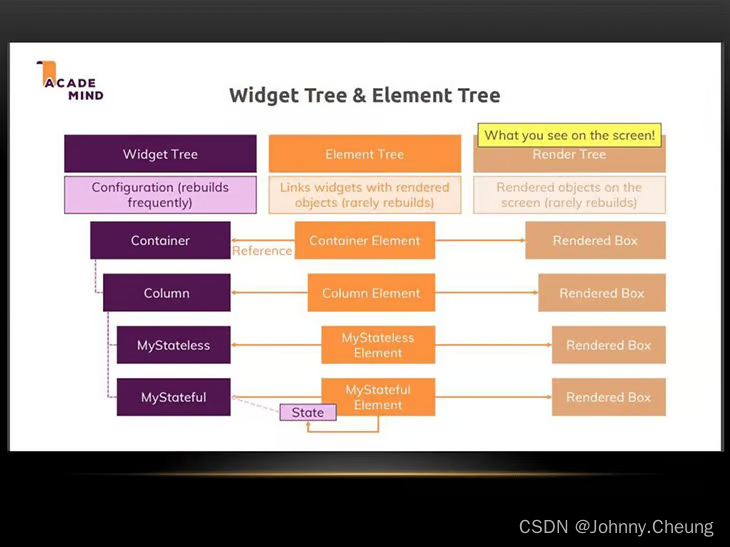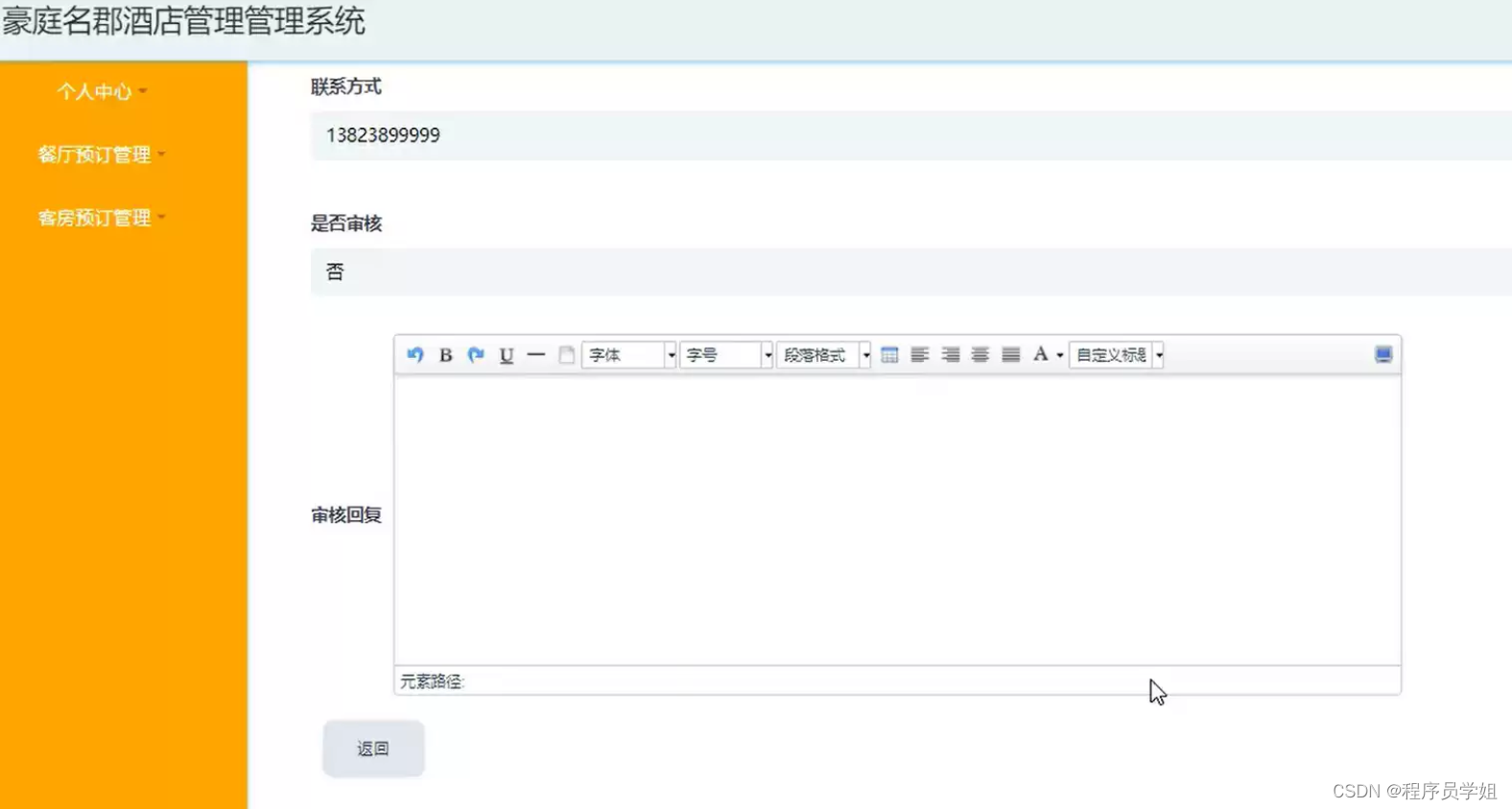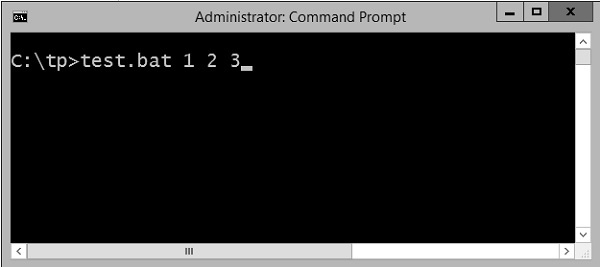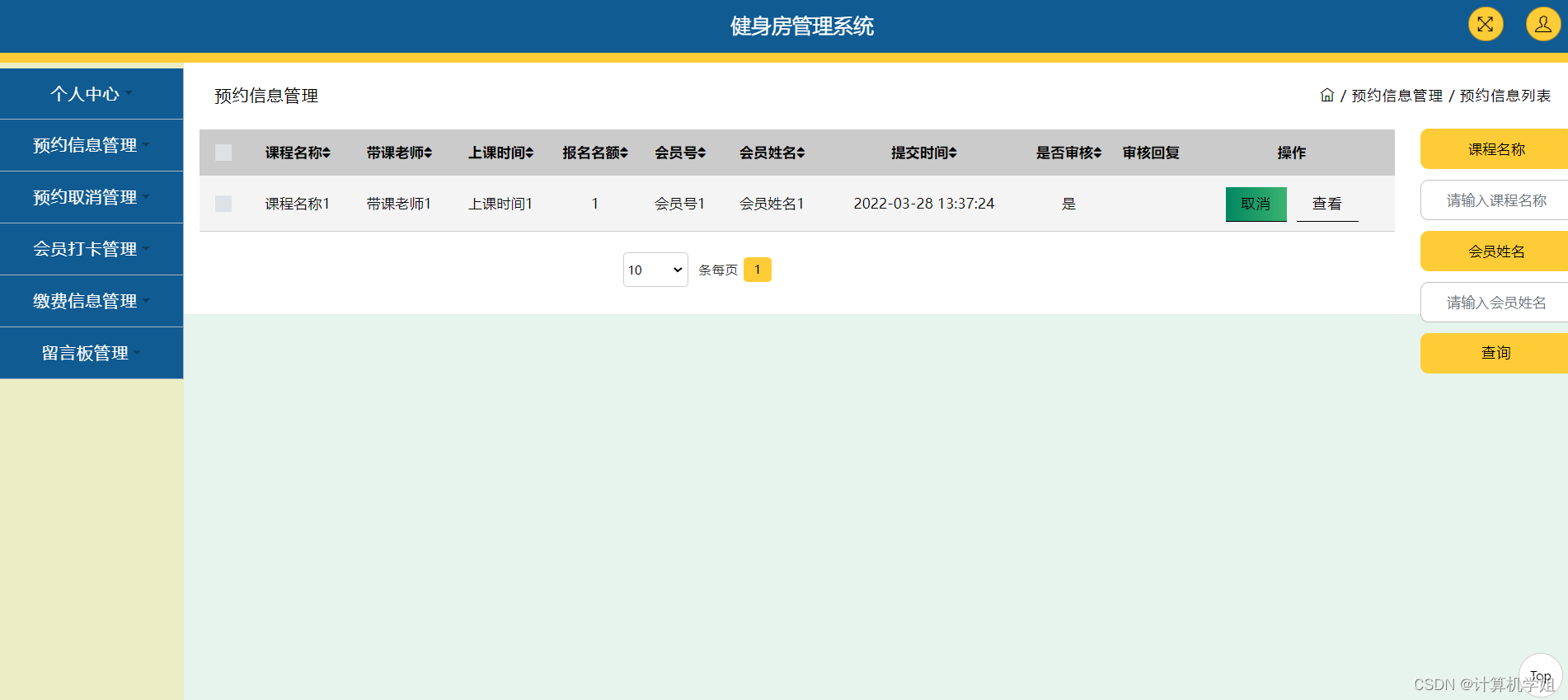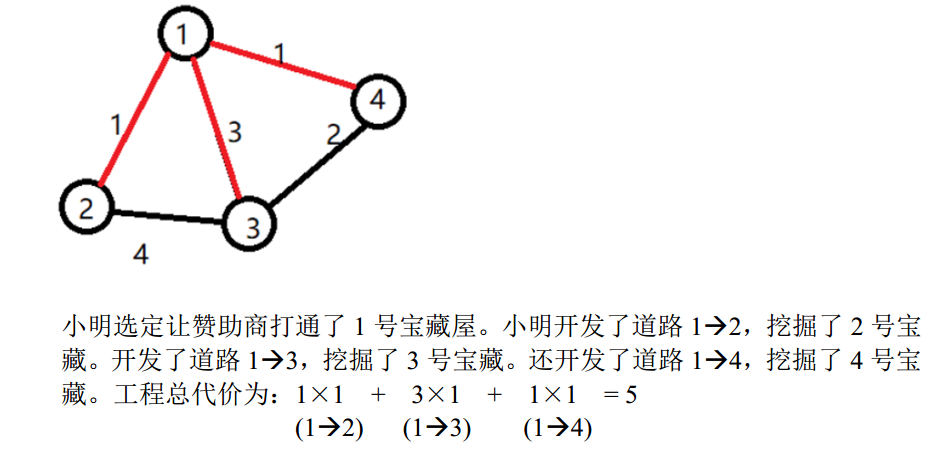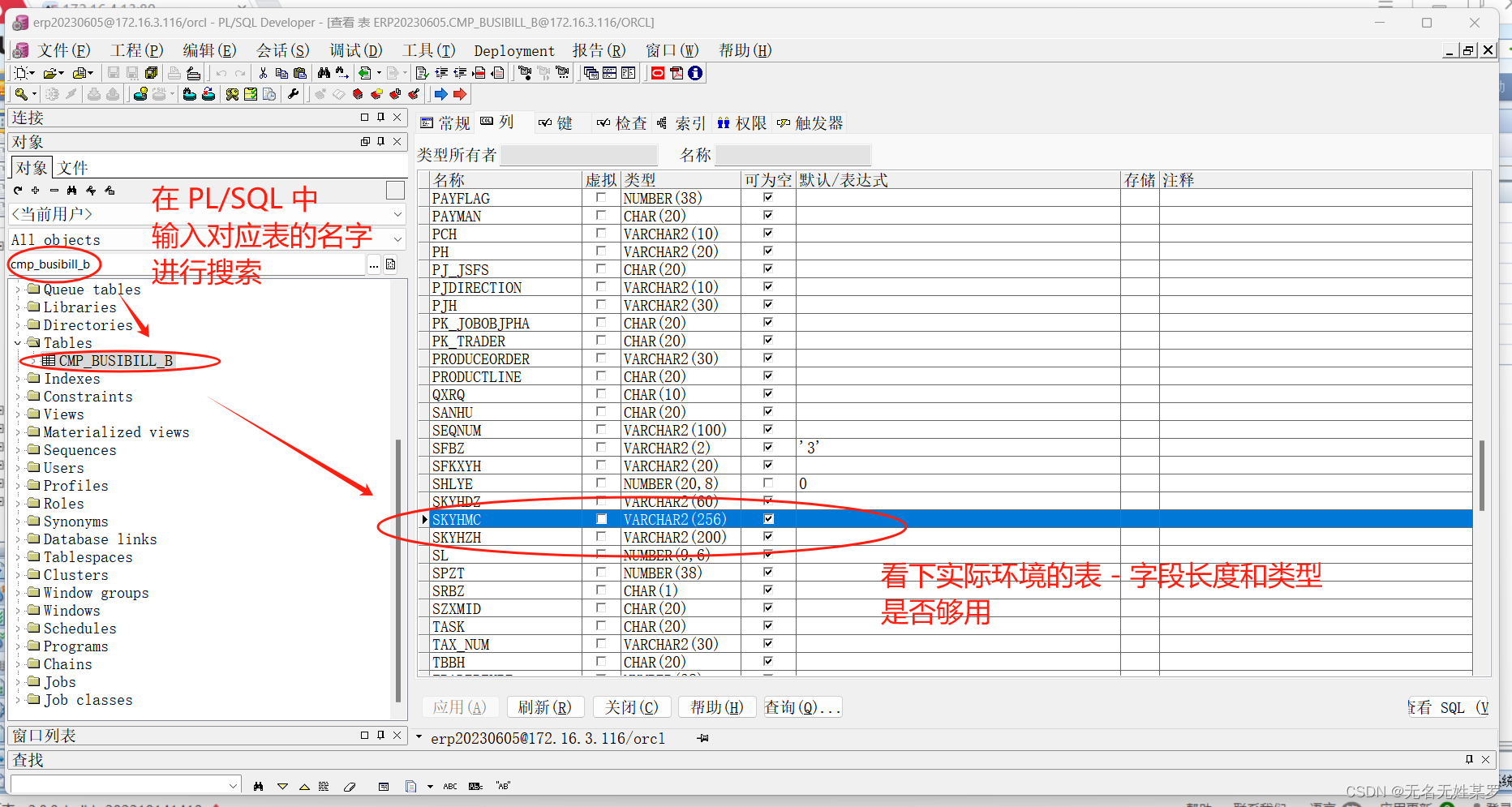1.Map 接口实现类的特点
1)Map与Collection并列存在。用于保存具有映射关系的数据:Key-Value
2)Map 中的 key 和 value 可以是任何引用类型的数据,会封装到HashMap$Node对象中
3)Map 中的 key 不允许重复
4)Map 中的 value 可以重复
5)Map 的key 可以为 null,value 也可以为null ,注意 key 为null,只能有一个value 为null ,可以多个
6)常用String类作为Map的 key
7) key 和 value 之间存在单向一对一关系,即通过指定的 key 总能找到对应的 value
8)Map存放数据的key-value示意图,一对 k-v 是放在一个HashMap$Node中的,有因为Node 实现了 Entry 接口,有些书上也说 一对k-v就是一个Entry(如图)
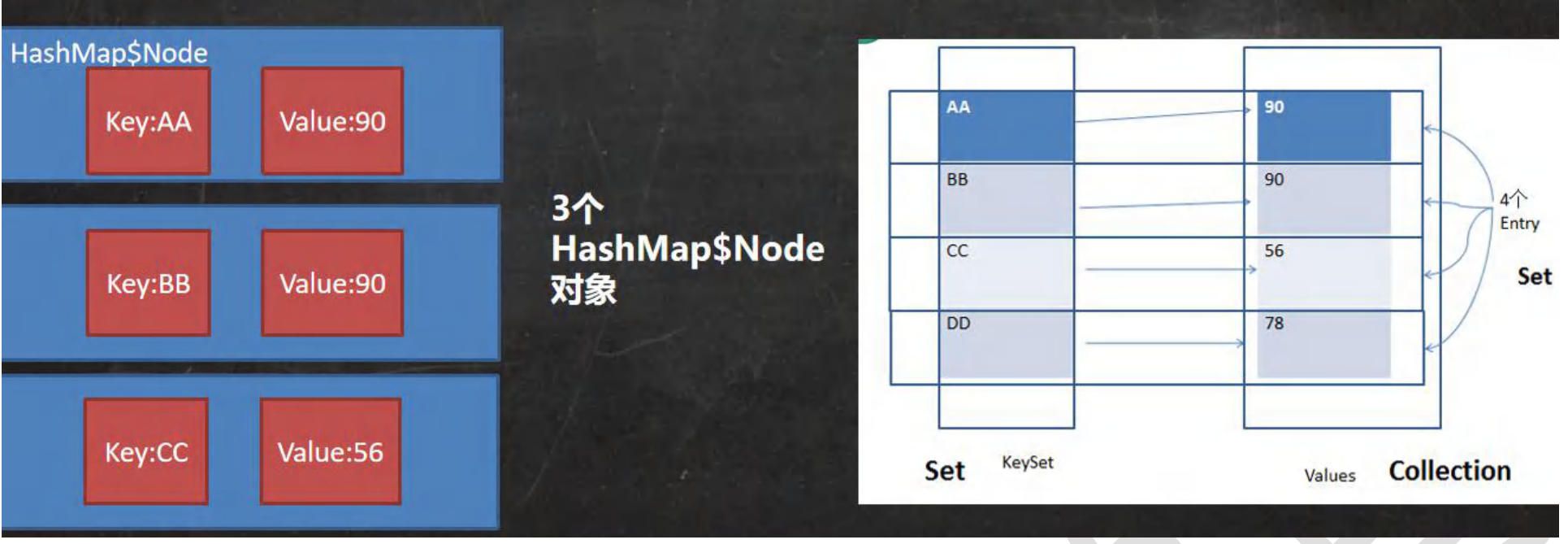
2.Map接口常用方法
1)put:添加
2)remove:根据键删除映射关系
3) get: 根据键获取值
4) size:获取元素个数
5)isEmpty:判断个数是否为0
6) clear:清除
7)containsKey:查找键是否存在
3.Map 接口遍历方法
//(1) 增强 for
System.out.println("-----第一种方式-------");
for (Object key : keyset) {
System.out.println(key + "-" + map.get(key));
}
//(2) 迭代器
System.out.println("----第二种方式--------");
Iterator iterator = keyset.iterator();
while (iterator.hasNext()) {
Object key = iterator.next();
System.out.println(key + "-" + map.get(key));
}//(1) 增强 for
System.out.println("---取出所有的 value 增强 for----");
for (Object value : values) {
System.out.println(value);
}
//(2) 迭代器
System.out.println("---取出所有的 value 迭代器----");
Iterator iterator2 = values.iterator();
while (iterator2.hasNext()) {
Object value = iterator2.next();
System.out.println(value);
}//(1) 增强 for
System.out.println("----使用 EntrySet 的 for 增强(第 3 种)----");
for (Object entry : entrySet) {
//将 entry 转成 Map.Entry
Map.Entry m = (Map.Entry) entry;
System.out.println(m.getKey() + "-" + m.getValue());
}
//(2) 迭代器
System.out.println("----使用 EntrySet 的 迭代器(第 4 种)----");
Iterator iterator3 = entrySet.iterator();
while (iterator3.hasNext()) {
Object entry = iterator3.next();
//System.out.println(next.getClass());//HashMap$Node -实现-> Map.Entry (getKey,getValue)
//向下转型 Map.Entry
Map.Entry m = (Map.Entry) entry;
System.out.println(m.getKey() + "-" + m.getValue());
}4.Map 接口实现类-HashMap
1)Map接口的常用实现类: HashMap、lashtable和Properties实现类
2)HashMap是 Map 接口使用频率最高的存储数据(HashMap$Node类型)
3)HashMap 是以 key-val 对的方式来存
4)key 不能重复,但是值可以重复,允许使用null键和null值。
5)如果添加相同的key,则会覆盖原来的ky-val ,等同于修改.(key不会替换,val会替换)
6)与HashSet一样,不保证映射的顺序,因为底层是以hash表的方式来存储的。(idk8的hashMap 底层 数组+链表+红黑树)
7)HashMap没有实现同步,因此是线程安全的,方法没有做同步互斥的操作,没有synchronized
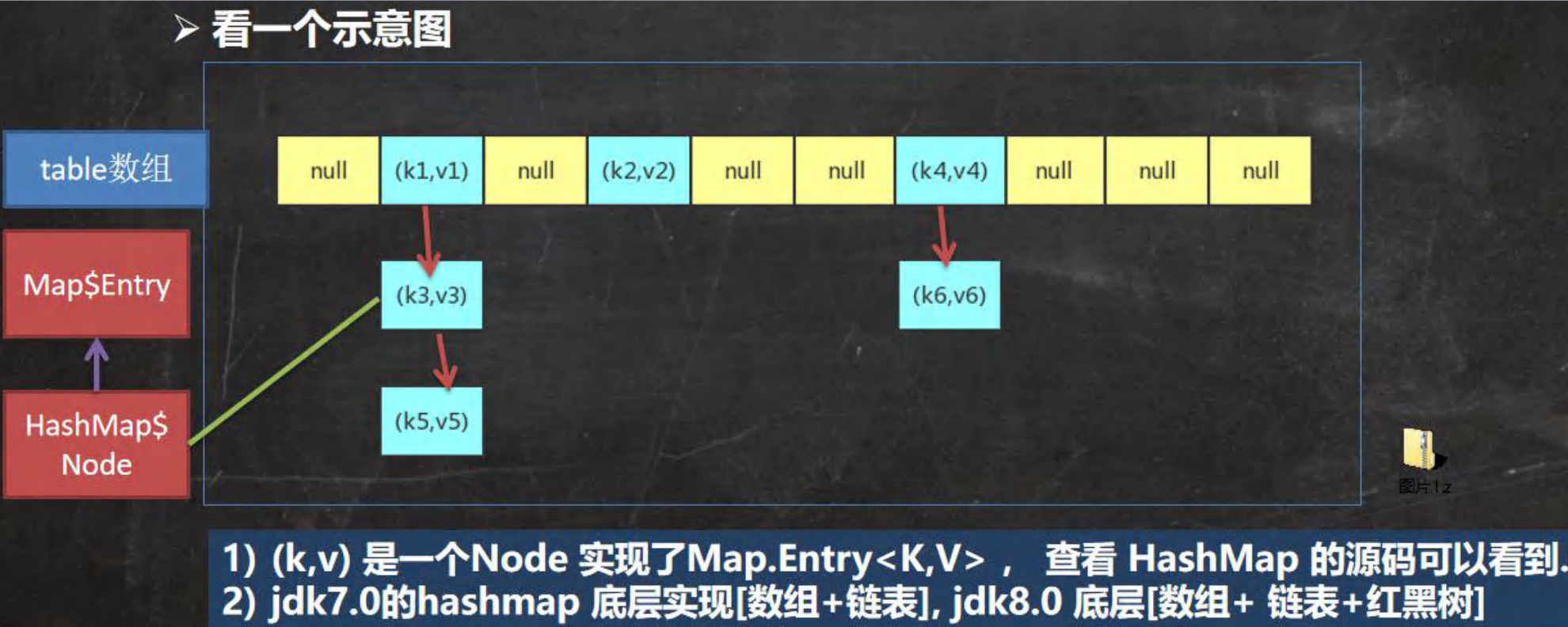
源码解析:
/* HashMap 的源码
1. 执行构造器 new HashMap()
初始化加载因子 loadfactor = 0.75
HashMap$Node[] table = null
2. 执行 put 调用 hash 方法,计算 key 的 hash 值 (h = key.hashCode()) ^ (h >>> 16)
public V put(K key, V value) {//K = "java" value = 10
return putVal(hash(key), key, value, false, true);
}
3. 执行 putVal
final V putVal(int hash, K key, V value, boolean onlyIfAbsent, boolean evict) {
Node<K,V>[] tab; Node<K,V> p; int n, i;//辅助变量
//如果底层的 table 数组为 null, 或者 length =0 , 就扩容到 16
if ((tab = table) == null || (n = tab.length) == 0)
n = (tab = resize()).length;
//取出 hash 值对应的 table 的索引位置的 Node, 如果为 null, 就直接把加入的 k-v
//, 创建成一个 Node ,加入该位置即可
if ((p = tab[i = (n - 1) & hash]) == null)
tab[i] = newNode(hash, key, value, null);
else {
Node<K,V> e; K k;//辅助变量
// 如果 table 的索引位置的 key 的 hash 相同和新的 key 的 hash 值相同,
// 并 满足(table 现有的结点的 key 和准备添加的 key 是同一个对象 || equals 返回真)
// 就认为不能加入新的 k-v
if (p.hash == hash &&
((k = p.key) == key || (key != null && key.equals(k))))
e = p;
else if (p instanceof TreeNode)//如果当前的 table 的已有的 Node 是红黑树,就按照红黑树的方式处
理
e = ((TreeNode<K,V>)p).putTreeVal(this, tab, hash, key, value);
else {
//如果找到的结点,后面是链表,就循环比较
for (int binCount = 0; ; ++binCount) {//死循环
if ((e = p.next) == null) {//如果整个链表,没有和他相同,就加到该链表的最后
p.next = newNode(hash, key, value, null);
//加入后,判断当前链表的个数,是否已经到 8 个,到 8 个,后
//就调用 treeifyBin 方法进行红黑树的转换
if (binCount >= TREEIFY_THRESHOLD - 1) // -1 for 1st
treeifyBin(tab, hash);
break;
}
if (e.hash == hash && //如果在循环比较过程中,发现有相同,就 break,就只是替换 value
((k = e.key) == key || (key != null && key.equals(k))))
break;
p = e;
}
}
if (e != null) { // existing mapping for key
V oldValue = e.value;
if (!onlyIfAbsent || oldValue == null)
e.value = value; //替换,key 对应 value
afterNodeAccess(e);
return oldValue;
}
}
++modCount;//每增加一个 Node ,就 size++
if (++size > threshold[12-24-48])//如 size > 临界值,就扩容
resize();
afterNodeInsertion(evict);
return null;
}
5. 关于树化(转成红黑树)
//如果 table 为 null ,或者大小还没有到 64,暂时不树化,而是进行扩容. //否则才会真正的树化 -> 剪枝
final void treeifyBin(Node<K,V>[] tab, int hash) {
int n, index; Node<K,V> e;
if (tab == null || (n = tab.length) < MIN_TREEIFY_CAPACITY)
resize();
}
*/5.Map 接口实现类-Hashtable

6.Map 接口实现类-Properties
1.Properties类继承自Hashtable类并且实现了Map接口,也是使用一种键值对的形式来保存数据。
2.他的使用特点和Hashtable类似
3.Properties 还可以用于从 xxx.properties 文件中,加载数据到Properties类对象,并进行读取和修改
基本使用:
//常用方法
//增
Properties properties = new Properties();
properties.put("john", 100);
//键和值都不能为null
//properties.put(null, 100);
//properties.put("john", null);
properties.put("lucy", 100);
properties.put("lic",100);
properties.put("lic",88);
System.out.println(properties);//删除
properties.remove("lic");//改
properties.put("john","北京大学");
System.out.println(properties);//查
System.out.println(properties.get("john"));
System.out.println(properties.getProperty("john"));
本文章是学习B站韩顺平Java的学习笔记,时间多的可以去看看视频学习一下。

